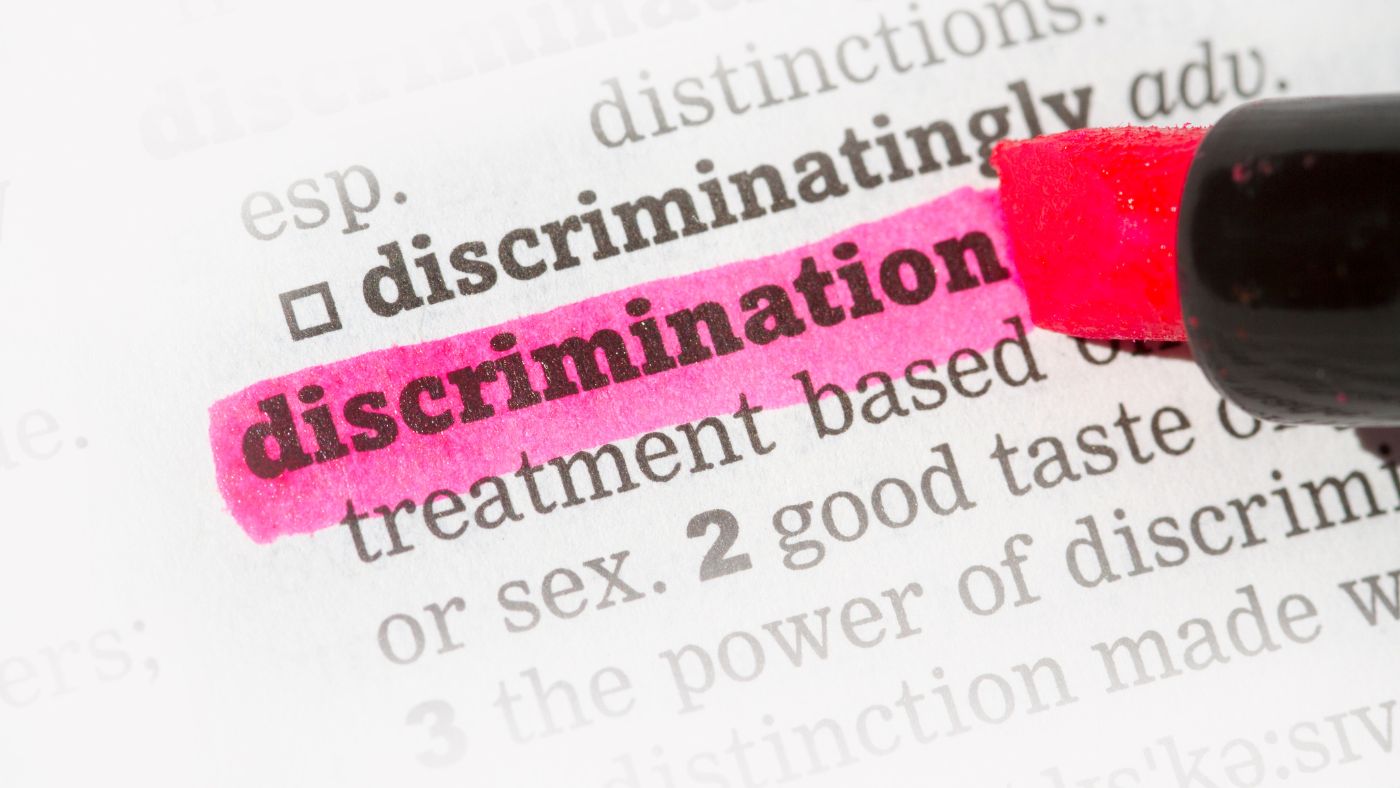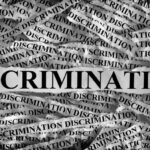What Laws Prohibit Employment Discrimination
Title VII of the Civil Rights Act of 1964 (Title VII)
One of the most crucial federal laws prohibiting employment discrimination is the Civil Rights Act of 1964, commonly referred to as Title VII. It prohibits employment discrimination based on race, color, religion, national origin and sex, including gender, gender identity, pregnancy and sexual orientation. Title VII applies to private-sector employers with 15 or more employees, to state and local government employers with 15 or more employees, and to the federal government as an employer. It also applies to unions and employment agencies. [1
The Age Discrimination in Employment Act (ADEA)
The Age Discrimination in Employment Act is a federal law that protects applicants and employees who are 40 years or age or older from discrimination based on their age. The ADEA applies to private-sector employers with 20 or more employees, state and local governments, employment agencies, labor organizations and the federal government.
The Americans with Disabilities Act (ADA)
The Americans with Disabilities Act is a federal law that protects applicants and employees who have qualifying disabilities from discrimination based on their disability. The ADA applies to private-sector employers with 15 or more employees, including state and local governments, employment agencies, labor organizations and the federal government.
The Florida Civil Rights Act (FCRA)
The Florida Civil Rights Act is the primary state law protecting applicants and employees from discrimination in the workplace based on their race, color, religion, sex, national origin, age, disability or marital status. The FCRA applies to private-sector employers with 15 or more employees, including state and local governments, employment agencies and labor organizations
What is Employment Discrimination?
Discrimination occurs when an employee is treated differently, or less favorably, due to their race, color, national origin, sex (including pregnancy, gender identity, and sexual orientation), religion, age, disability or genetic information. The law prohibits employers from discriminating against an employee because of their inclusion in one of these protected categories. There are a number of forms discrimination can take including unfair or unequal treatment, harassment, and retaliation.
The law forbids discriminatory unequal treatment with regard to any aspect of employment, including hiring, firing, pay, job assignments, promotions, lay-offs, training, fringe benefits and any other term or condition of employment.
What is Harassment in the Workplace?
Harassment is a form of employment discrimination that violates the law. It is unwelcome conduct in the workplace that is based on protected characteristics, such as race, color, religion, sex (including sexual orientation, gender identity or pregnancy), national origin, age, disability or genetic information. Harassment is unlawful when it affects the terms and conditions of employment or when the conduct is so severe or pervasive that it creates a work environment that a reasonable person would consider intimidating, hostile or abusive. Harassment can occur in two ways, quid pro quo harassment and hostile work environment harassment.
Quid Pro Quo Harassment
Quid Pro Quo Harassment occurs when the victim’s job opportunities are conditioned on putting up with the harassment based on their inclusion in a protected category. A classic example of quid pro quo harassment is a female employee being required to date her supervisor to be promoted.
Hostile Work Environment Harassment
The second form of harassment occurs when a “hostile work environment” is created through the offensive conduct of co-workers or supervisors stemming from your inclusion in a protected group. By way of example a hostile work environment may exist if an African-American employee is forced to work near colleagues that are constantly praising the benefits of the KKK; or if a disabled employee is subjected to offensive jokes about her medical condition. In order for a hostile work environment to be created, the conduct must be severe or pervasive enough to create a work environment that a reasonable person would consider intimidating, hostile or abusive.
Employer Liability for Harassment
Supervisor Harassment
An employer is automatically liable for supervisor harassment that results in a tangible adverse employment action, such as failure to promote, demotion or termination.
If an adverse employment action has not occurred, an employer can still be held responsible for the supervisor’s conduct. However, the employer can avoid liability if it proves that: 1) it reasonably tried to prevent and promptly correct the harassing behavior; and 2) the employee unreasonably failed to take advantage of preventative or corrective opportunities provided by the employer. An employer’s favorite defense is to claim it was unaware its supervisor was engaged in any harassing conduct, and that it would have taken prompt action if the affected employee had followed the necessary steps in bringing it to their attention.
Non-Supervisor Harassment
An employer can also be liable for harassment caused by non-supervisory employees. If the employer knew, or should have known, about the harassment but failed to take prompt and appropriate corrective action it can be liable even if the harassment was caused by a co-worker. In order to place the employer on notice, it is important to follow the procedures set forth in the employers harassment policies.
What is Retaliation?
The law prohibits employers from punishing employees for asserting their rights to be free from employment discrimination, including harassment. Retaliation occurs in response to an employee filing a charge of discrimination, testifying or otherwise participating in any investigation, proceeding or lawsuit opposing discriminatory workplace practices. This includes making an internal complaint of discrimination to a supervisor, or the human resources department. If an employee engages in such “protected activity” any conduct by their employer that would reasonably discourage someone from resisting or complaining about future discrimination can qualify as retaliatory conduct. That conduct may entail low performance evaluations, disciplinary actions, transfers to less desirable positions and making the complaining employees’ work more difficult.
What is a Charge of Discrimination?
A Charge of Discrimination (Charge) is a signed statement that your employer has discriminated against you. It asks the Equal Employment Opportunity Commission (EEOC) or the Florida Commission on Human Relations (FCHR) to investigate the allegations. Florida is considered a “dual filing” state, which means that if you file a Charge with the EEOC, it is also considered to have been filed with the FCHR.
Why File a Charge of Discrimination?
With very few exceptions, if you want to pursue a lawsuit against an employer for discrimination you must file a Charge with either the EEOC or the FCHR. The respective agency is tasked with investigating the Charge and issuing a finding which can impact your right to file a lawsuit.
What is a Notice of Right to Sue?
The EEOC issues a Notice of Right to Sue after ending its investigation into your Charge. Consistent with its name, the document gives you the right to proceed with filing a lawsuit for employment discrimination. In the event you receive a Notice of Right to Sue, it is imperative that you immediately take action since you typically have only 90 days from the day it is received to file a lawsuit.
Where to File a Charge of Discrimination?
Equal Employment Opportunity Commission
The EEOC is responsible for investigating Charges related to unlawful employment conduct in violation of specific federal laws, including Title VII of the Civil Rights Act of 1964, the Age Discrimination in Employment Act of 1967 and the Americans with Disabilities Act. To preserve your right to have the EEOC investigate your claim of employment discrimination you must file within 300 days of the discriminatory act. If a Charge was timely filed with the EEOC, it will be considered as filed with the FCHR as well, meaning there is no need to file a separate one with the FCHR.
The time limit for filing a Charge is not stayed while you attempt to resolve the matter through other avenues, such as the union grievance process or voluntary arbitration. In cases where more than one discriminatory action occurred, the deadline runs from the date of each event. For example, if you claim that you were passed over for promotions in both 2021 and last month because of your gender; a Charge filed the day after your most recent rejection would be timely, while the 2021 incident would not be timely, meaning the EEOC would not investigate that incident.
If you were subjected to harassment in the workplace, you may be able to include incidents of harassment beyond the 300 day limit, so long as at least one incident occurred within the 300 day time period. Determining your filing deadline can be complicated, if you believe you were discriminated against, contact the experienced attorneys at Gaines Nolan to discuss your situation as soon as possible to avoid missing any relevant filing deadlines.
When the EEOC investigation ends, it will issue a Notice of Right to Sue. Regardless of the EEOC’s investigative findings, the Notice of Right to Sue gives you permission to file a lawsuit. As a result, failing to timely file a Charge can result in losing the right to pursue a lawsuit against your employer for the discriminatory conduct.
Florida Commission on Human Relation:
Florida law prohibits discrimination in employment on the basis of race, color, religion, sex, pregnancy, national origin, age, disability, or marital status. The FCHR is responsible for investigating Charges (also called Complaints) related to unlawful employment conduct. In order to preserve your right to have the FCHR investigate your claim of employment discrimination you must file within 365 days of the discriminatory act. If a Charge was timely filed with the EEOC, it is likely to be considered a dual filing, meaning there is no need to file a separate one with the FCHR. If you did not file a Charge within 300 days of the discriminatory event, you should consider filing directly with the FCHR, rather than with the EEOC, to avoid any allegation that your Charge was not timely filed.
If the FCHR determines that there is cause to believe discrimination occurred a determination will be issued giving you the right to file a lawsuit within one year of receiving the determination. If however, the DCHR determines there is no cause to believe discrimination occurred you are limited to filing a petition for review by an administrative law judge within 35 days.
[1] The material provided in this website if for informational purposes only and should not be considered legal advice on your specific matter. You should contact an attorney to discuss the specific facts applicable to your situation.





